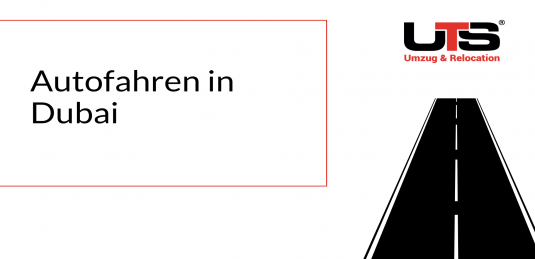Car driving in Dubai
Many tourists and business travellers in the United Arab Emirates prefer to rent a car. The roads are excellent and petrol is cheap. Although costs fluctuate, they are traditionally below the global average. However, to feel safe on the roads of the UAE's cities and highways, you should know the ins and outs of the local traffic rules. Continuing our series on Dubai, today we talk about some of the specifics and differences when driving.
- Traffic: Traffic in Dubai can be very heavy and congestion can occur, especially during peak hours.
- Speed limits: Speed limits in Dubai are often lower than in other countries.
- Driving licence: To drive in Dubai, you need a valid driving licence. If you have an international driving licence, you can use it for up to six months. Otherwise, you will need to apply for a local driving licence.
- Seatbelts: It is a legal requirement that all occupants of a car must wear their seatbelts.
- Traffic signs: Traffic signs in Dubai are labelled in English and Arabic. You should familiarise yourself with the meanings of the various road signs before driving in Dubai.
- Climate: Dubai has a hot climate, which can make summer driving more challenging. The sunshine can be very strong and temperatures can reach up to 50 degrees Celsius. It is important to equip your car with air conditioning and carry enough water to avoid dehydration.
Overall, there are some differences in driving between Dubai and Germany, but if you follow the traffic rules and drive carefully, you should be able to drive safely in both countries.

